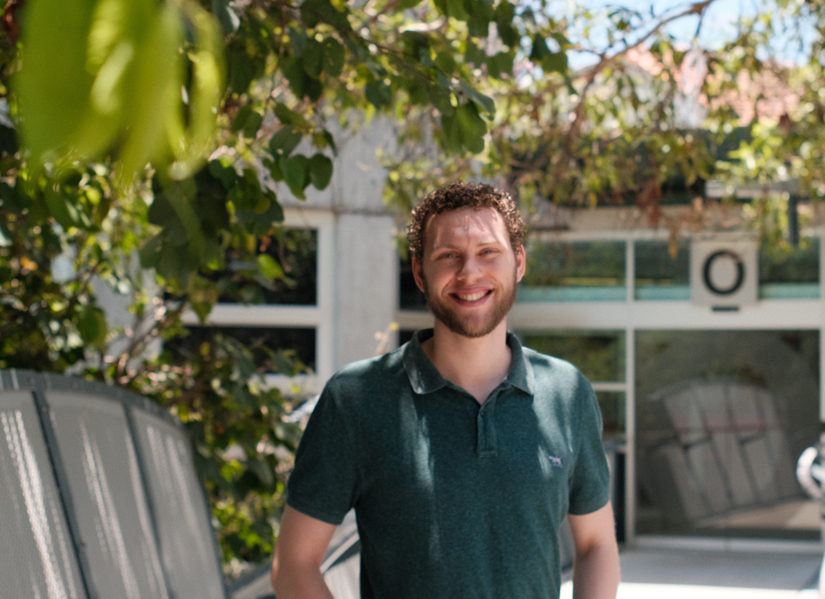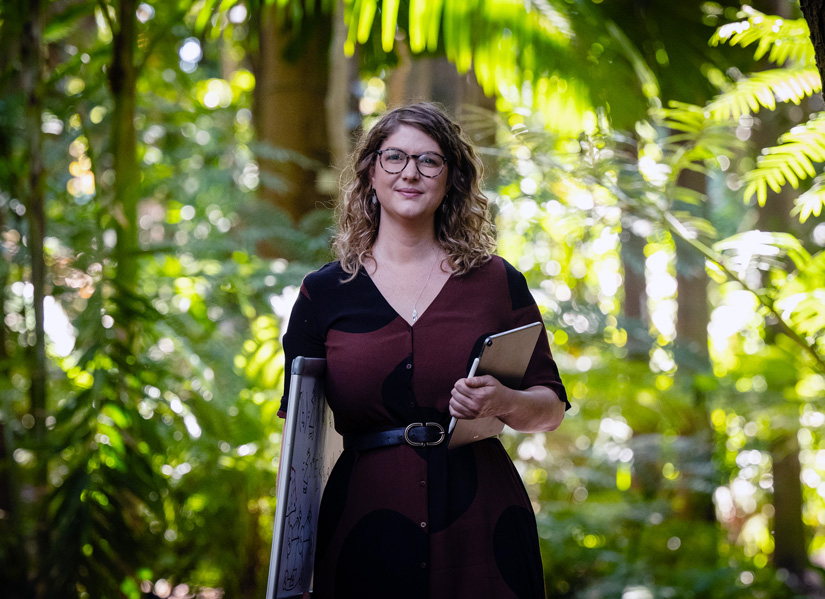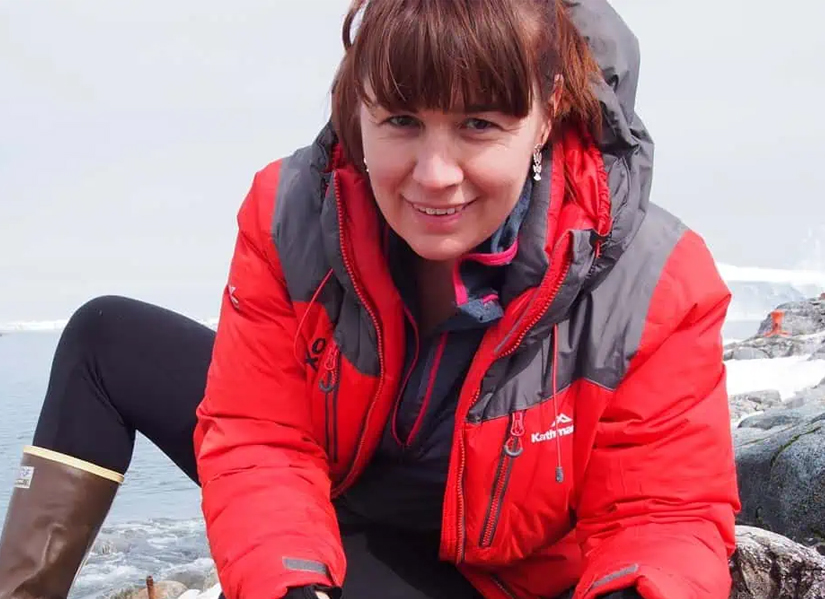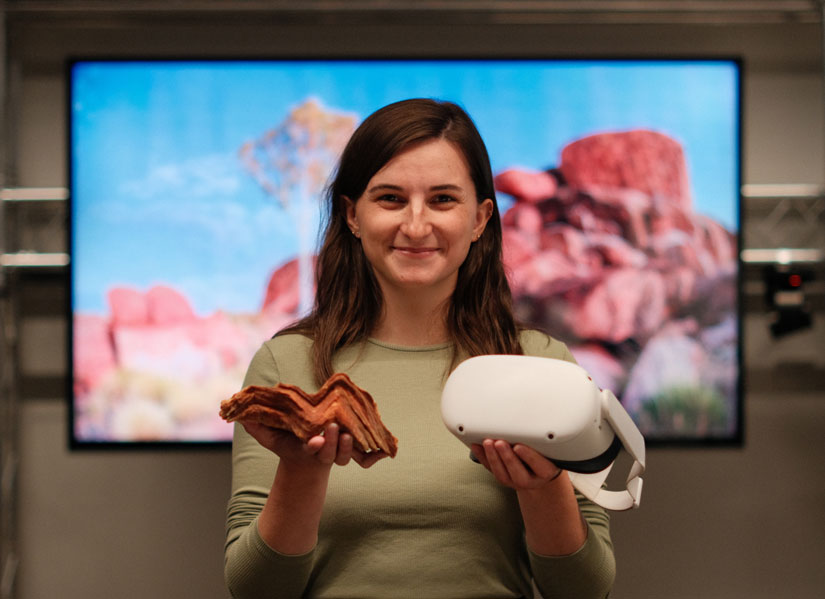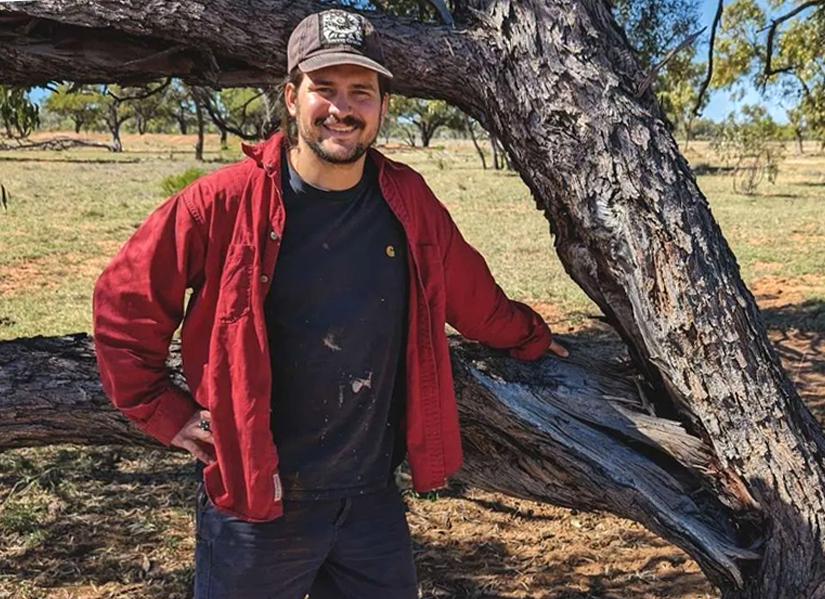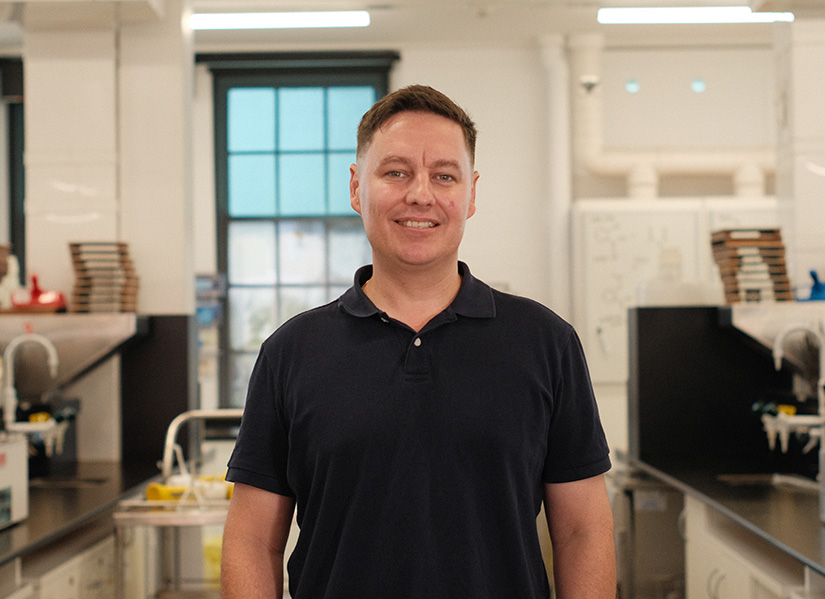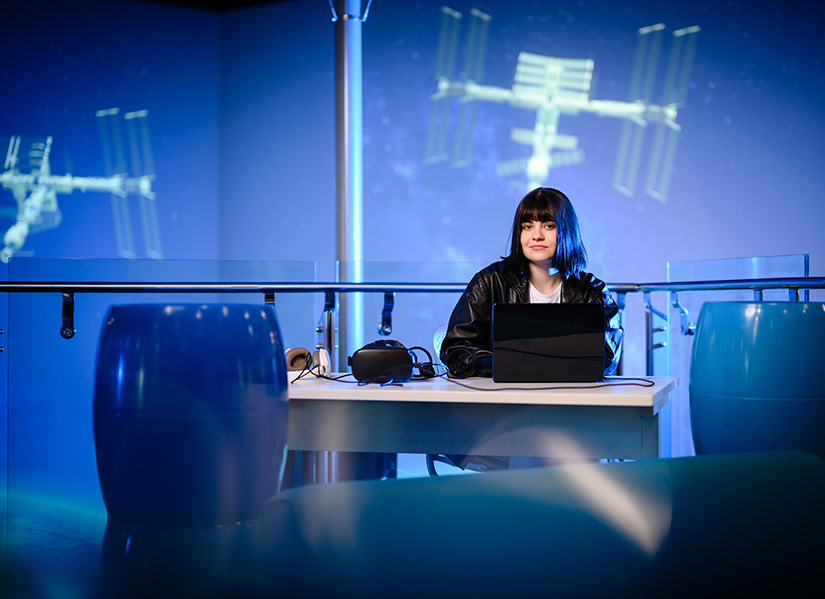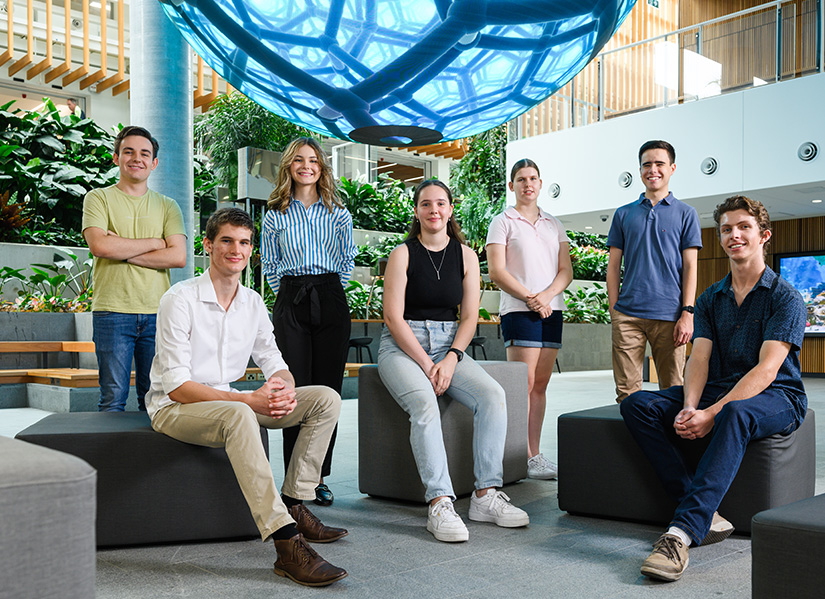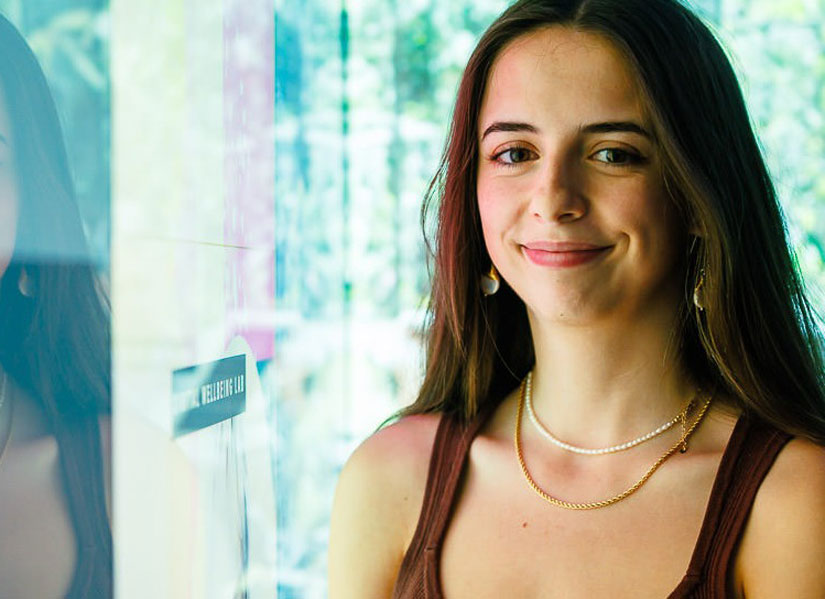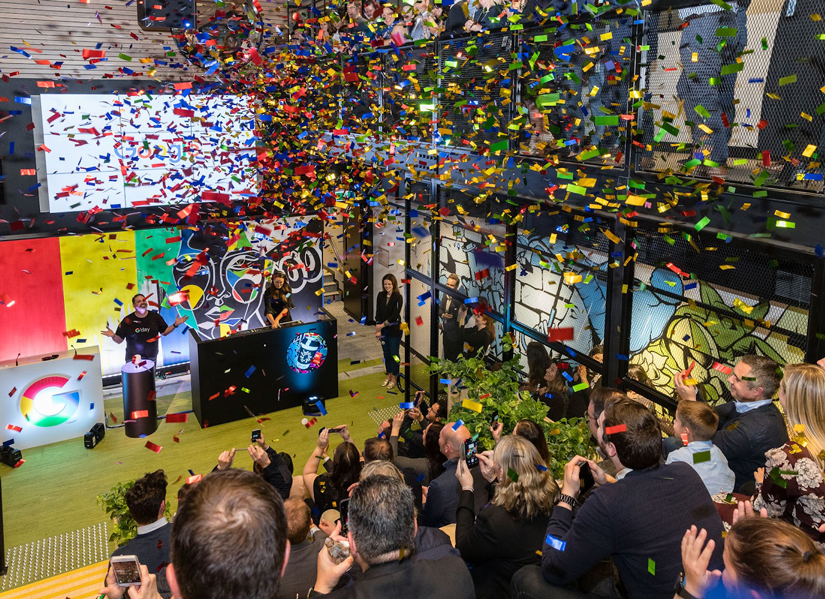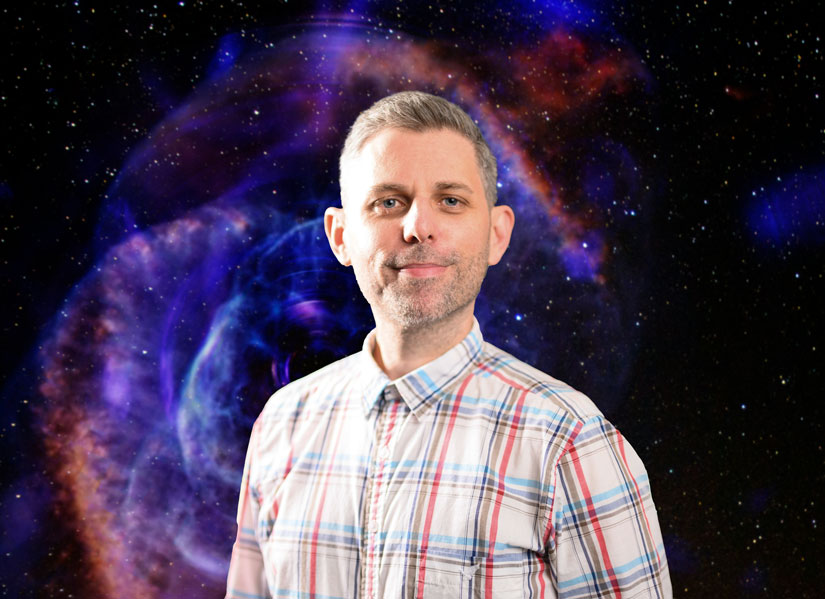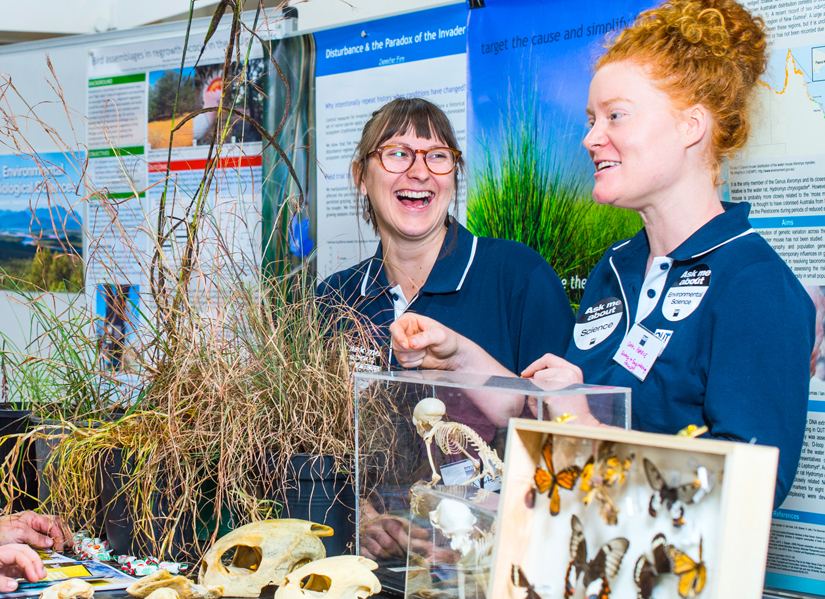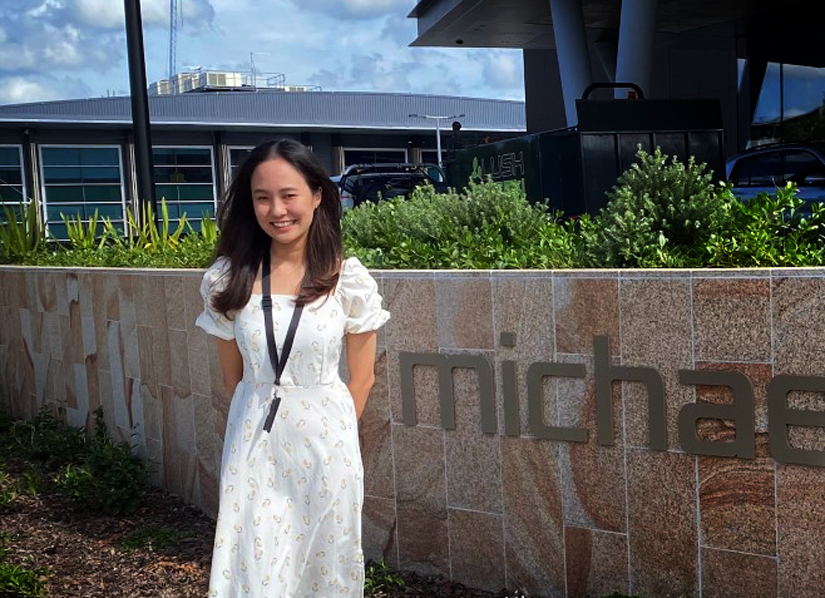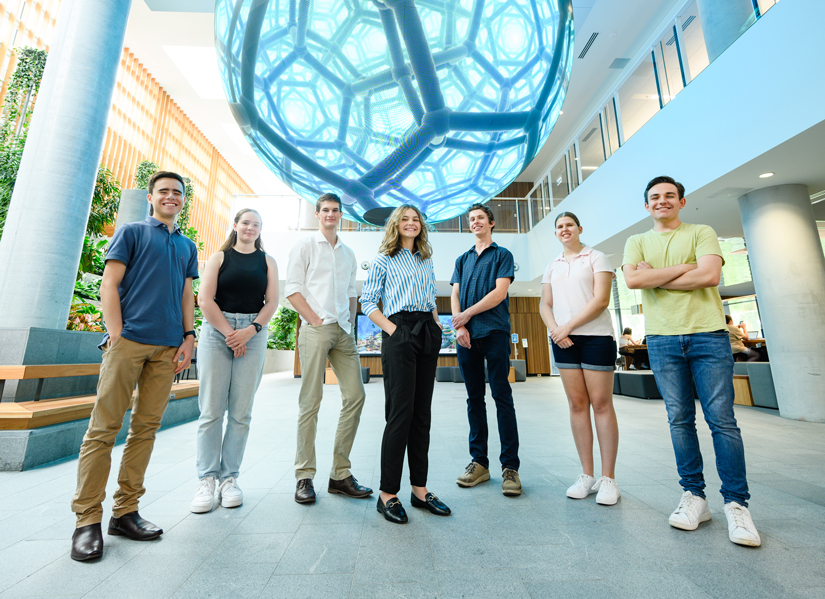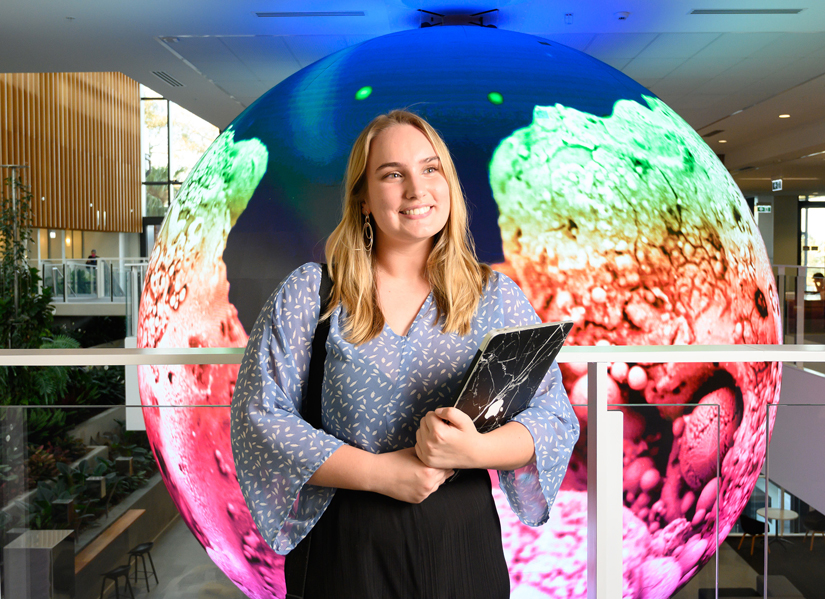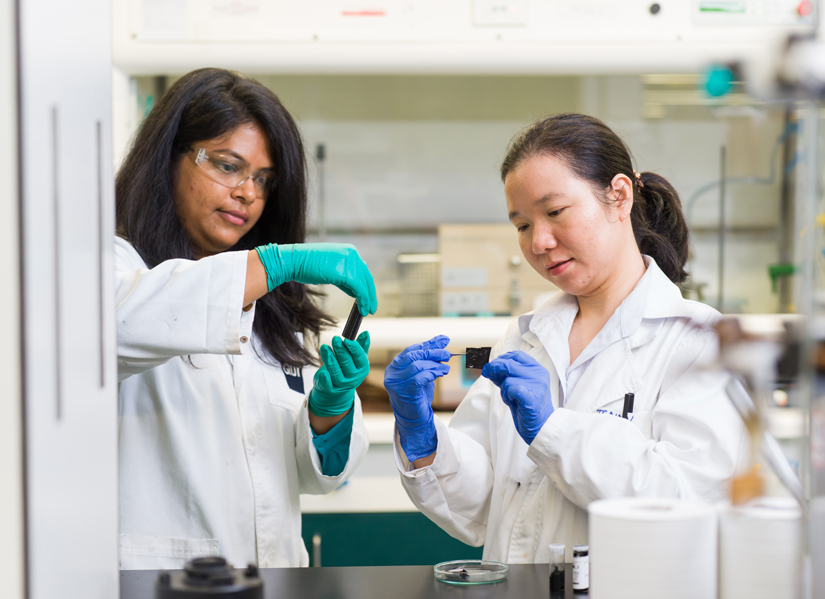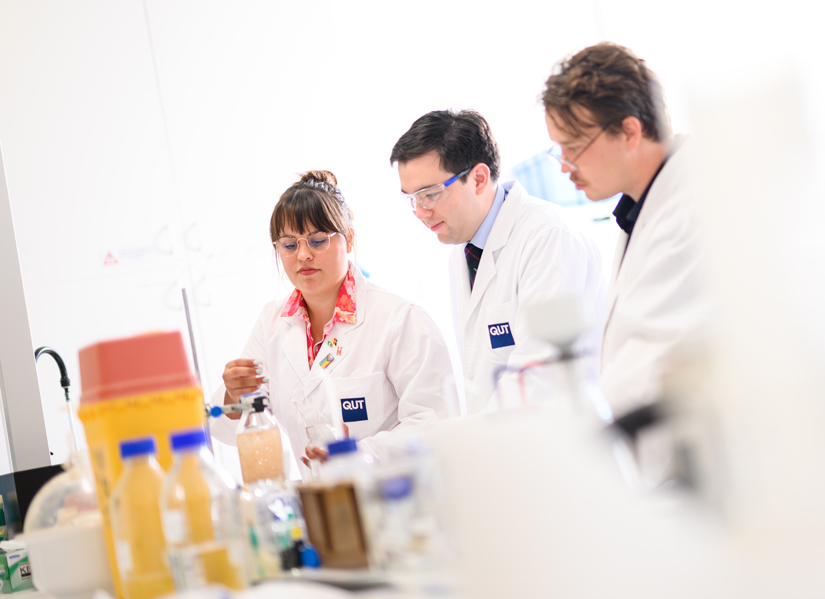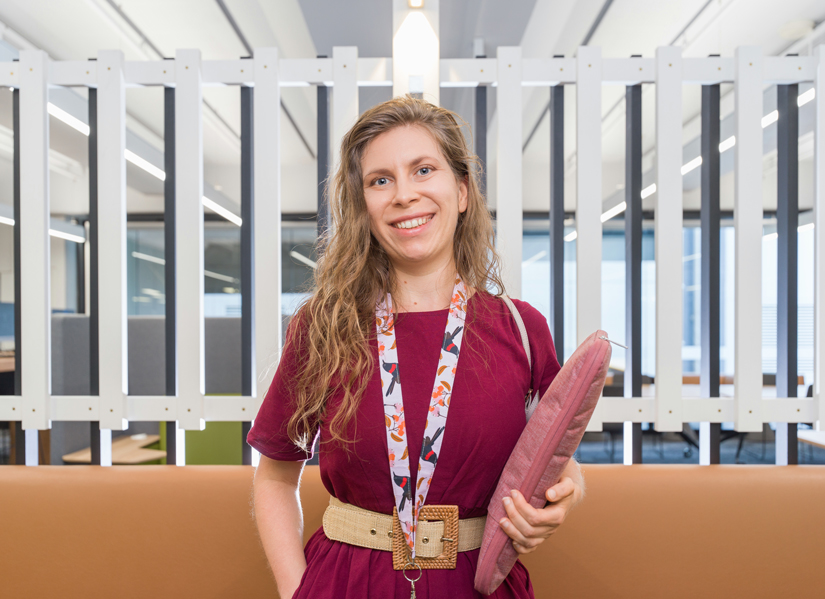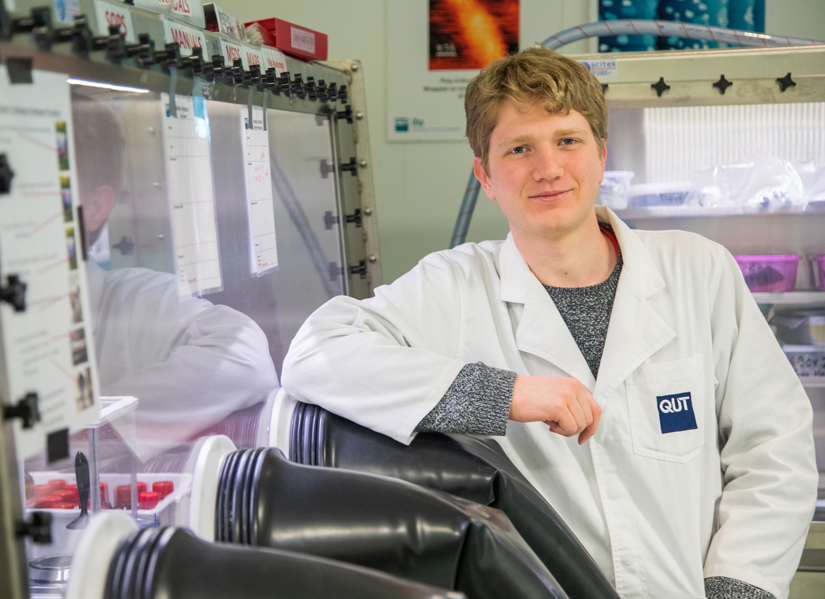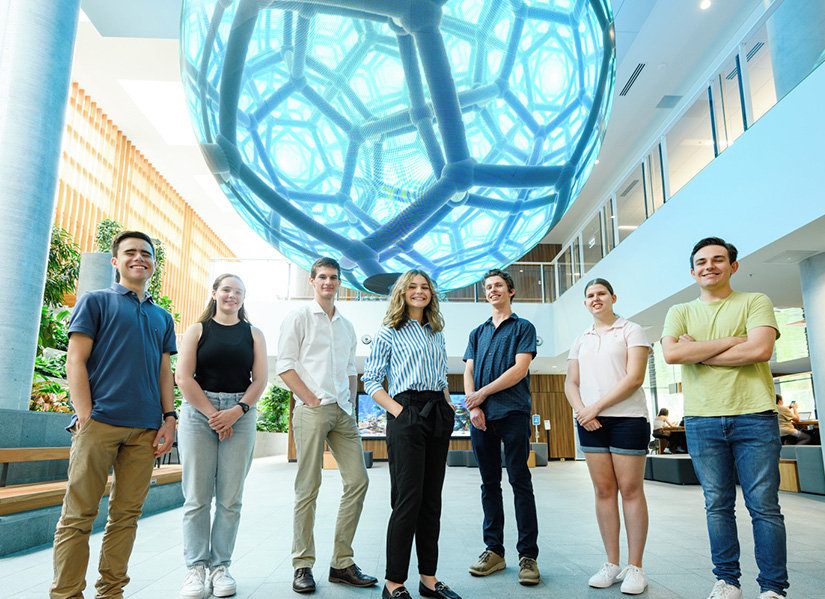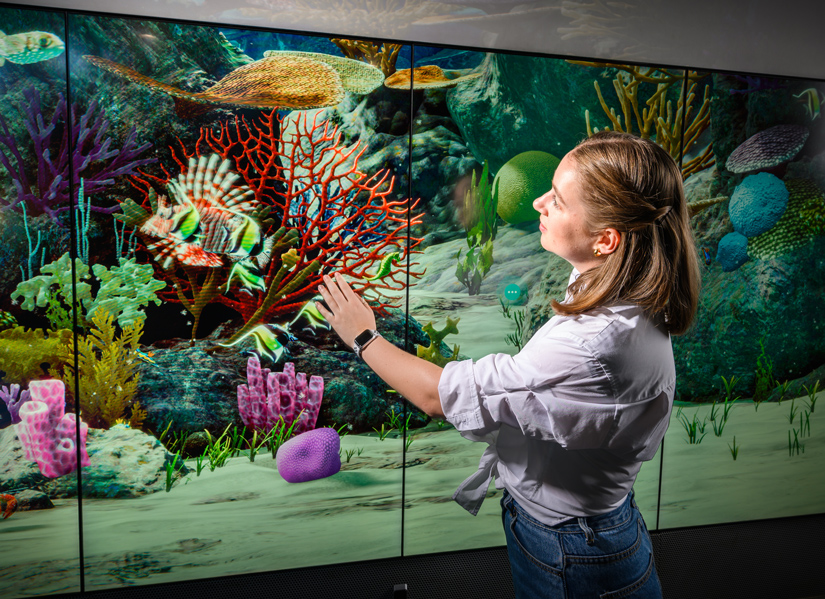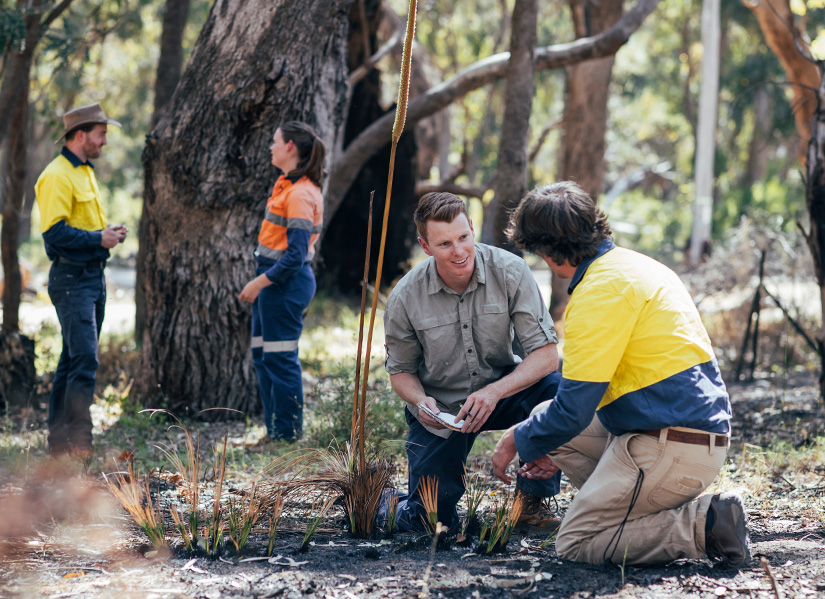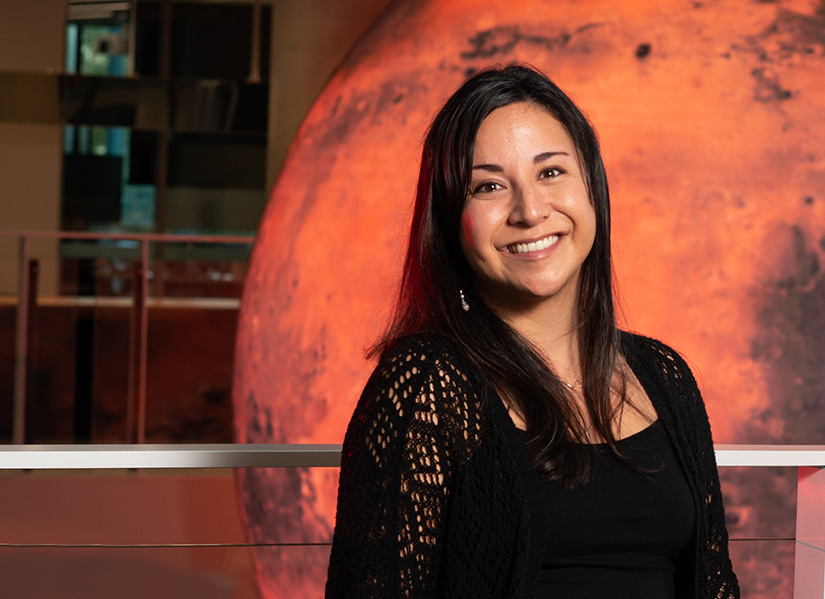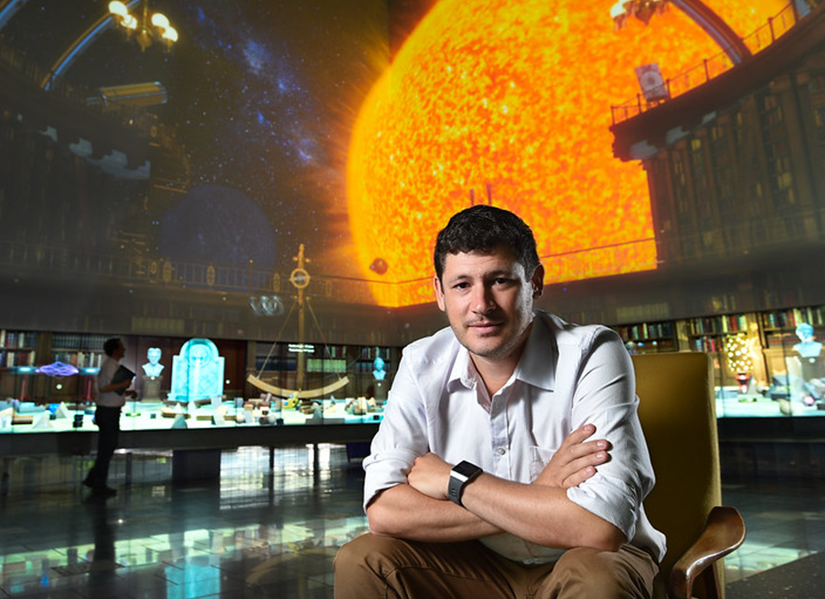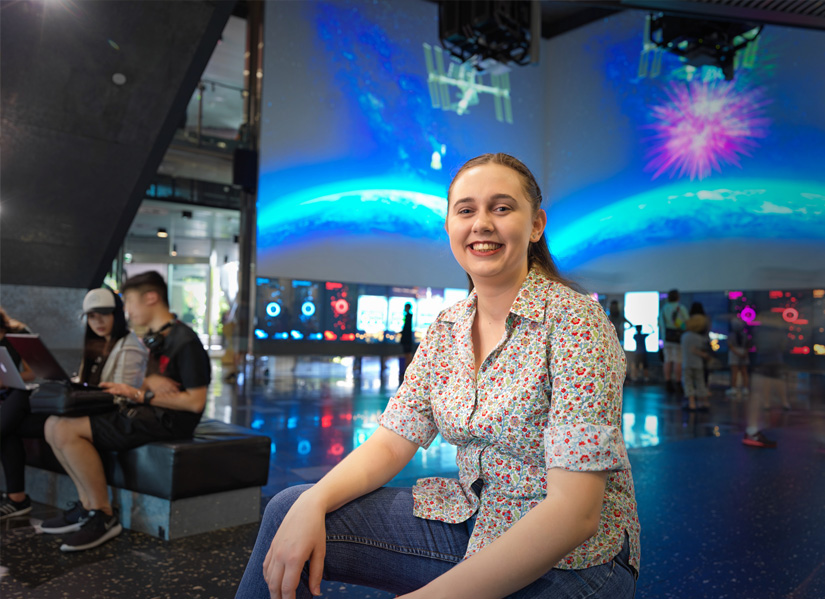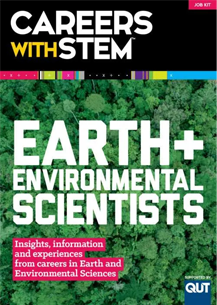Apply now for mid-year entry
Our science degrees prepare you to fast-track solutions for challenges of global importance. Join scientists working together to address issues such as climate change, natural disasters, sustainable resource management, food security, and water scarcity.
We need the next generation of scientists to drive us to a better and brighter future. Scientists who will make discoveries we can't even dream about today and help solve future challenges. It's not just about securing a job - it's about giving you the skills and knowledge you need to change the world and make a real difference.
Science
In one of our six science majors, you’ll do more than learn the latest theory; you’ll learn how to apply it. Through practical lab work and fieldwork, real-world industry projects, and vacation research experiences, you will learn how to think, not what to think.
Bachelor of ScienceScience / Data analytics
Our new vertical double degree is designed for individuals who have a strong interest in science and want to develop advanced skills in data analytics. In this degree, you will gain a solid foundation in science and statistics, and deepen your knowledge in your chosen science major.
Bachelor of Science / Master of Data AnalyticsClimate science
Whether you're passionate about renewable energy, conservation, or climate justice, your contribution matters. Through hands-on learning, our new climate science major will allow you to drive innovative solutions, influence policies, and empower communities.
Fast-track to a research career
If you are passionate about a specific science subject, this degree allows you to select your major in your first year and dive right into your area of interest.
Double your career opportunities
A double degree can help you develop a portfolio of skills and capabilities so you will be flexible, prepared for change, and able to maximise your career opportunities. Create your own specialist career niche by combining your science degree with a complementary study area that interests you.
Scholarships for women in science
With a QUT scholarship you could receive money to help with your living costs and uni supplies, opportunities to work on great projects, practical work experience, or an introduction to industry professionals.

Real science stories
Find out what it’s like to study science at QUT, learn about student life and explore exciting projects our researchers are involved in.
What does a science career look like?
Discover what a job in science is all about, meet real people working in the field and find out what you can do right now to set your career on the right path.
Ready STEM Go!
Tune in to hear from a great line-up of guest QUT alumni from around the world.
Hosted by current QUT STEM student, Mackenzi Oliver, the show welcomes our guests to share stories about the paths they’ve taken to get where they are in their STEM careers.
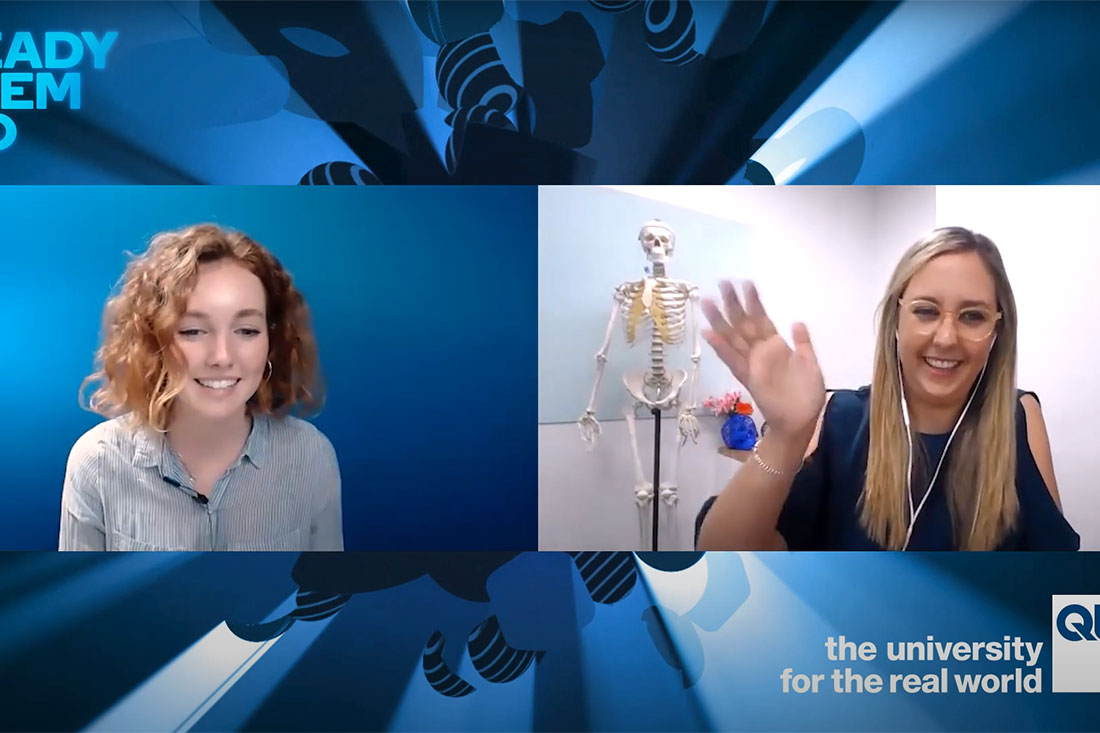
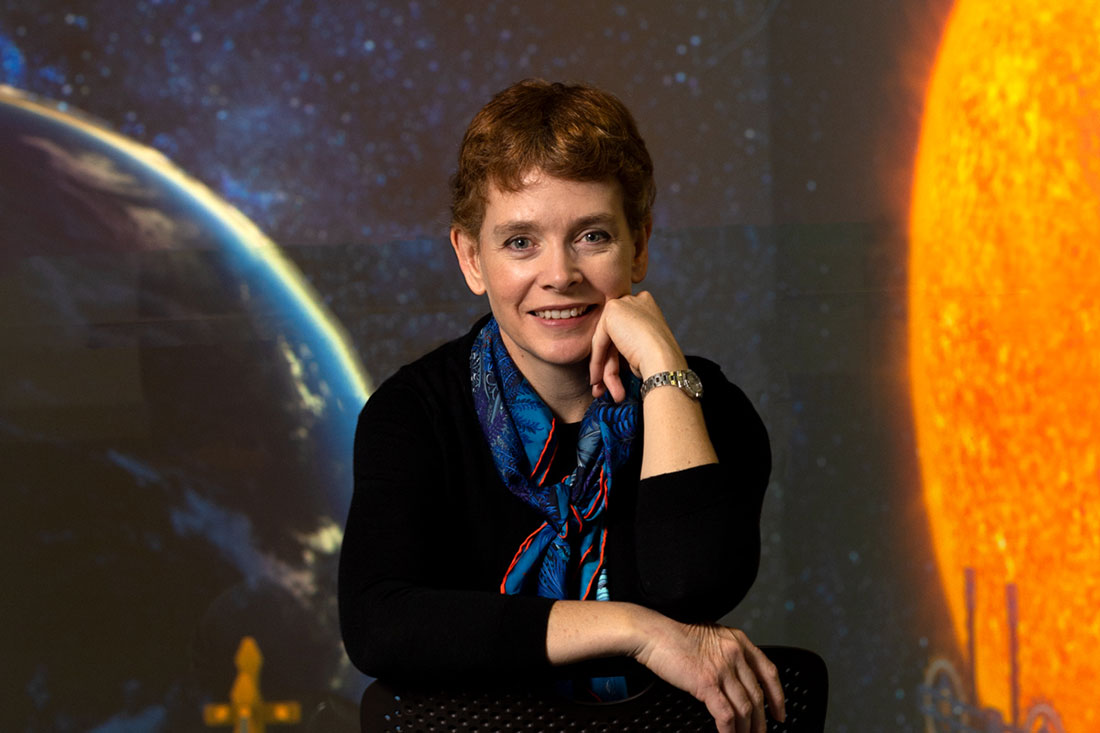
Women in STEM
With only one in four STEM workers being women, we recognise the importance of supporting and celebrating women pursuing careers in science, technology, engineering and maths.
We're tackling this gender divide through a number of programs and initiatives, including #STEMtheTide.
News and events
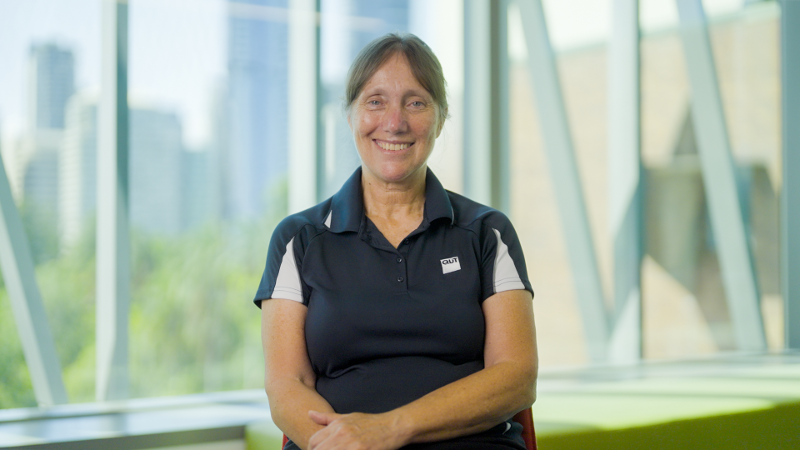
Professor Kerrie Mengersen honoured by Australian Academy of Science
Distinguished Professor Kerrie Mengersen from QUT’s School of Mathematical Sciences has today been bestowed with one of the highest honours awarded from the Australian Academy of Science.

Blueprint for mandating indoor air quality for public buildings in form of standards
A group of international experts led by QUT Professor Lidia Morawska has presented a blueprint for national indoor air quality standards for public buildings, in an article in the prestigious journal Science.

QUT experts - Brisbane 2032 Olympic and Paralympic Games
The Brisbane 2032 Olympic and Paralympic Games offers a rare opportunity to showcase southeast Queensland on a global stage and will transform the state over the next decade.

